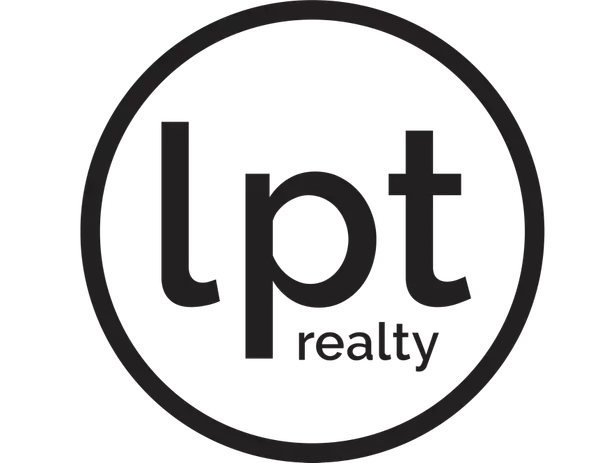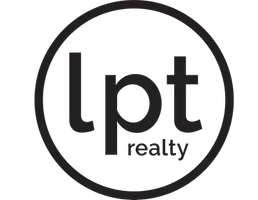Title: Exploring the Different Types of Housing Loans: A Comprehensive Guide
Introduction:
Purchasing a home is a significant milestone in one's life, and for most people, it requires financial assistance in the form of housing loans. The world of housing loans can be overwhelming, with various options available to suit different needs and circumstances. In this blog post, we will delve into the different types of housing loans, providing a comprehensive guide to help you navigate through the process of choosing the right loan for your dream home.
- Conventional Loans:
Conventional loans are the most common type of housing loans. They are not insured or guaranteed by any government agency and are often offered by private lenders such as banks, credit unions, and mortgage companies. Conventional loans typically require a higher credit score and a down payment, ranging from 5% to 20% of the property's value. They offer various terms and interest rate options, providing borrowers with flexibility based on their financial situation.
- FHA Loans:
The Federal Housing Administration (FHA) loans are backed by the U.S. government and are designed to make homeownership more accessible, particularly for first-time homebuyers. These loans have less stringent credit requirements and allow down payments as low as 3.5% of the purchase price. FHA loans also offer competitive interest rates and allow borrowers to roll some closing costs into the loan amount. However, borrowers are required to pay mortgage insurance premiums (MIP) throughout the loan term.
- VA Loans:
VA loans are available exclusively to veterans, active-duty service members, and eligible surviving spouses. Backed by the Department of Veterans Affairs, these loans offer numerous benefits, including no down payment requirements, lower interest rates, and no private mortgage insurance (PMI) requirement. VA loans provide a valuable opportunity for military personnel to achieve homeownership with more favorable terms and conditions.
- USDA Loans:
The United States Department of Agriculture (USDA) loans are intended for rural and suburban homebuyers who meet certain income and location eligibility criteria. These loans offer 100% financing, meaning no down payment is required. USDA loans also provide competitive interest rates and lower mortgage insurance premiums than conventional loans. They serve as an excellent option for individuals or families looking to buy a home in eligible rural areas.
- Jumbo Loans:
Jumbo loans are used for higher-priced properties that exceed the conforming loan limits set by government-sponsored enterprises such as Fannie Mae and Freddie Mac. These loans are available in both fixed-rate and adjustable-rate options. However, jumbo loans generally require a larger down payment and have stricter credit and income requirements compared to conventional loans.
- Fixed-Rate Loans:
Fixed-rate loans are the most traditional and popular housing loan option. With a fixed-rate loan, the interest rate remains constant throughout the loan term, providing borrowers with predictable monthly mortgage payments. This stability can be advantageous when budgeting and planning for long-term homeownership.
- Adjustable-Rate Loans:
Adjustable-rate loans, also known as ARMs, have interest rates that fluctuate over time based on market conditions. These loans often have an initial fixed-rate period, typically ranging from 3 to 10 years, after which the interest rate adjusts periodically. ARMs offer lower initial interest rates compared to fixed-rate loans, making them attractive to borrowers who plan to sell or refinance before the rate adjustment occurs.
Conclusion:
Choosing the right housing loan is a crucial decision when embarking on the path to homeownership. Understanding the different types of housing loans available can empower you to make an informed choice that aligns with your financial goals and circumstances. Whether you opt for a conventional loan, an FHA loan, a VA loan, a USDA loan, a jumbo loan, a fixed-rate loan, or an adjustable










